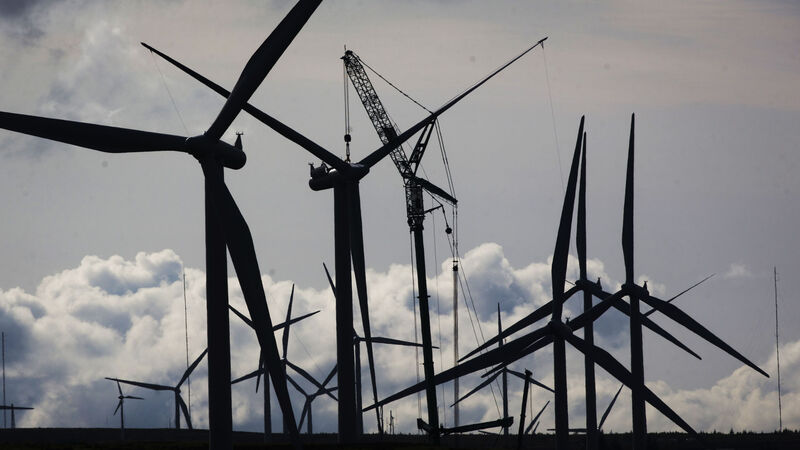Britain wants hydrogen to provide 35% of its energy consumption by 2050

The UK is due to host a major round of United Nations climate talks in Glasgow in November, where Mr Johnson will need to demonstrate leadership if he hopes to persuade other polluters to reduce their emissions.
Hydrogen could be vital to UK efforts to eliminate greenhouse gases by changing the way vehicles are fuelled, factories are powered and homes are heated, UK Business Secretary Kwasi Kwarteng has said.
The UK has unveiled a strategy that aims to unlock £4bn of investment in hydrogen production by 2030, supporting 9,000 jobs. Ministers are planning to use similar incentives to those that helped boost offshore wind production.
British Prime Minister Boris Johnson is under pressure to show how his government will cut emissions to net zero by 2050 after announcing a series of ambitious goals to slash greenhouse gases, without outlining policies to get there. Government analysis suggests hydrogen could help provide as much as 35% of UK energy consumption by 2050, meaning it could be pivotal.
“Hydrogen is potentially crucially important,” Mr Kwarteng said. “It can solve a lot of our decarbonisation problems.”
Mr Kwarteng said its use in transport could help decarbonise trains, trucks and bus fleets. Hydrogen could also generate the power for refineries and steel plants, he said, and longer term it could play a big part in heating the nation’s homes.
The UK is due to host a major round of United Nations climate talks in Glasgow in November, where Mr Johnson will need to demonstrate leadership if he hopes to persuade other polluters to reduce their emissions.
While the published strategy makes no advance on the UK government’s existing target of producing 5 gigawatts of low-carbon hydrogen by 2030, it does begin to flesh out how ministers want to get there.
The plan includes both “green hydrogen” -- produced using water and renewable power -- and cheaper “blue hydrogen” which has carbon dioxide as a byproduct that needs to be stored permanently underground. Amid concerns about the environmental integrity of the latter, Mr Kwarteng’s department is consulting on an industry standard to ensure minimal carbon leakage.
The minister said pursuing both production methods is vital to help stimulate a new market, which would be much harder to do relying solely on green hydrogen at about twice the cost. The UK government will make sure blue hydrogen that’s subsidised “is as pure as we can, as decarbonised as we can,” he said.
But environmental groups criticised the dual approach. Greenpeace called it a “bad idea both environmentally and economically,” while E3G said it could be a “twin track to nowhere, leaving the climate behind”.
The UK government wants to use so-called contracts-for-difference to incentivise hydrogen production. Since they were introduced for offshore wind in 2015, annual power generation has tripled while costs have come down by two-thirds.










